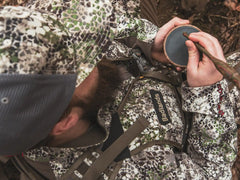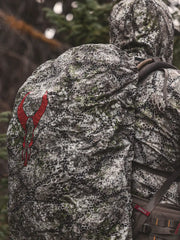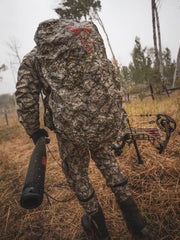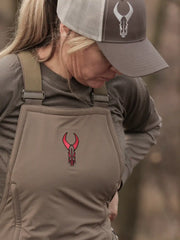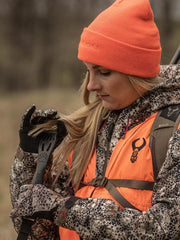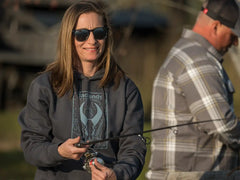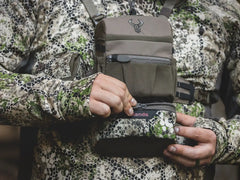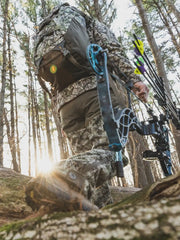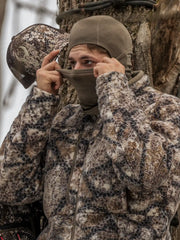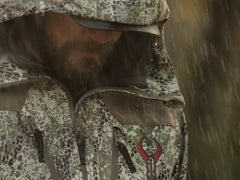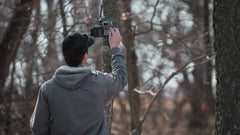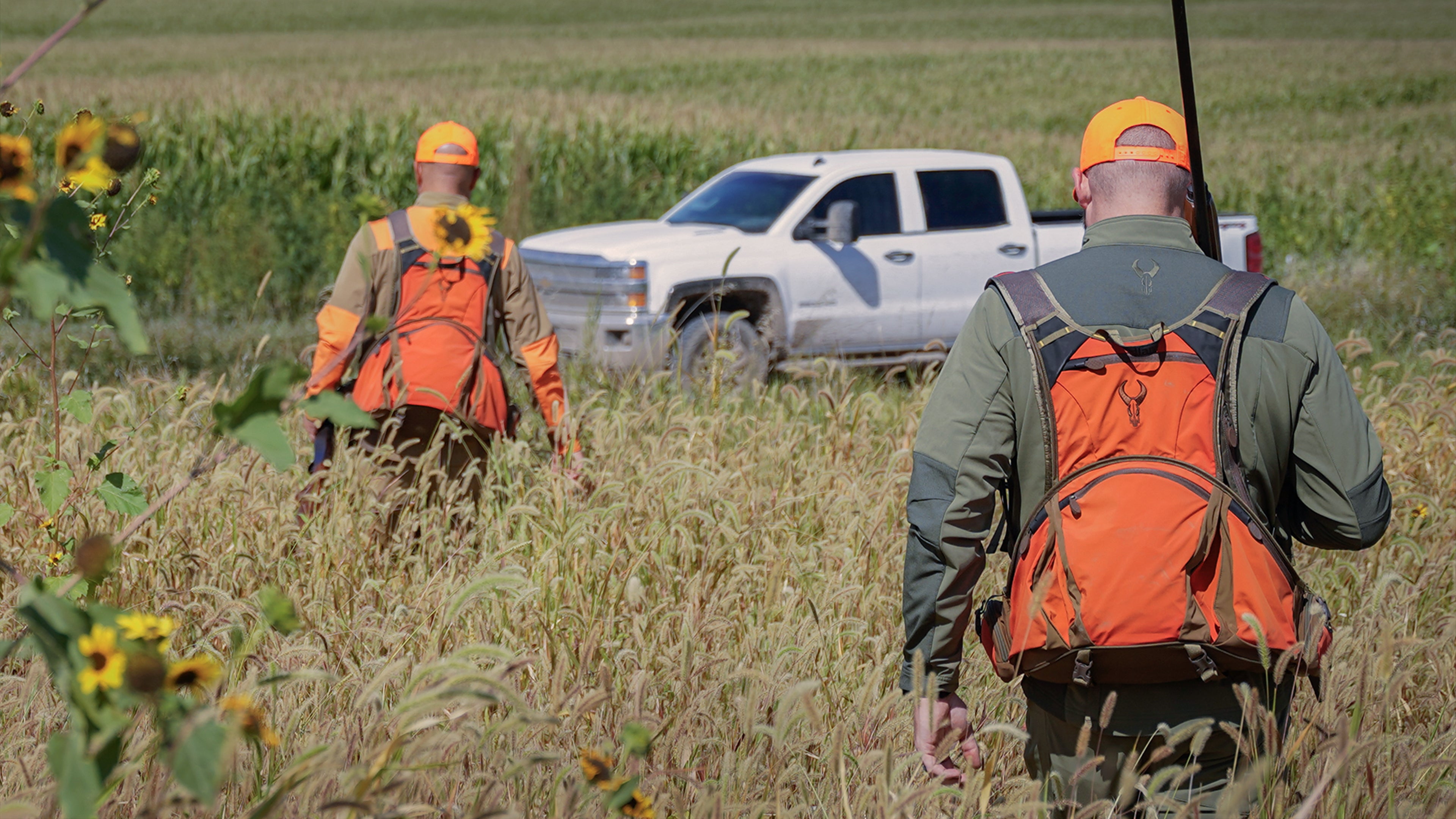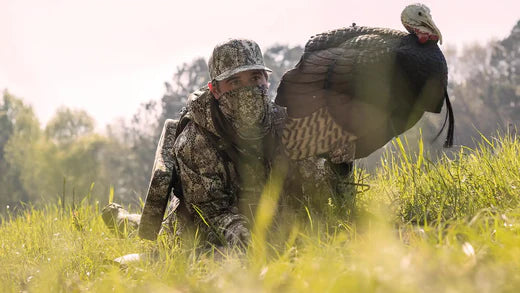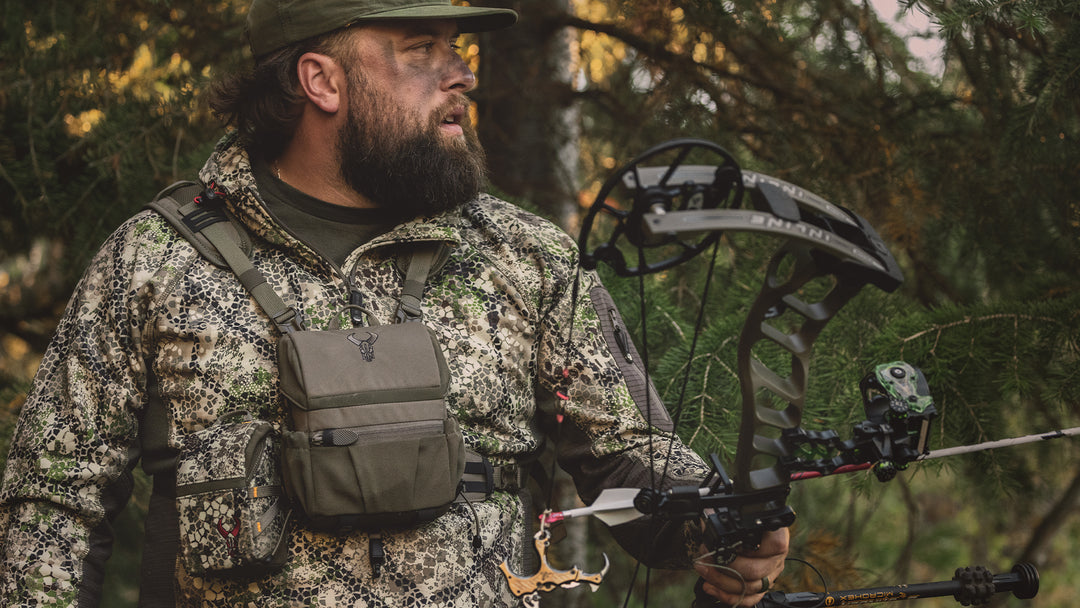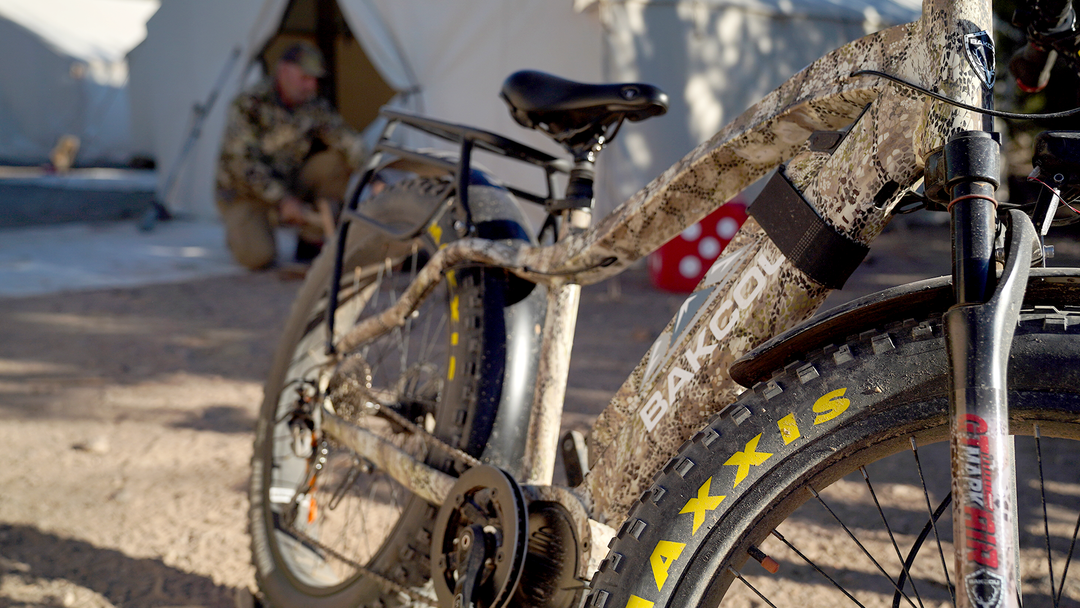As hunters, we love to tell tales of the worst weather we’ve ever encountered when going after deer or elk.
“Coldest day since….”
“Snowing like mad….”
“The wind about took me off that mountain…”
But for some reason, we always think the exact opposite when upland hunting. Instead of the harsh elements to endure, we picture sunny, calm days with happy dogs bouncing through the fields.
But weather can have the biggest impact on upland hunting of all the species we love to go after.
Let’s start with the day of the hunt. Pheasants, grouse, prairie chickens… heck, birds in general, are very much in tune with the weather. Extreme swings in temperature can impact their vocalizations or where they are perched, but its wind and precipitation that matter most.
Rain, sleet and snow may not have stopped the Postal Service years ago, but it will doggone sure keep birds holding tight. Even the savviest of dogs can be confounded on wet, dreary days as the pheasants will drive them mad by running around the undercover and simply won’t flush until you’re practically standing on them.
If it’s wet, slow everything down. Make sure you give your hunting buddy time to pin down birds without racing past. This is also a good morning to (gasp) go easy on the caffeine, as you’re going to be right on top of the squirrely little buggers before they explode and scare the bejeebers out of you. Be ready to get that gun up ASAP.
Now, wet is bad, but wind is downright obnoxious.
Not only will the birds hold tight, but a stout wind can impact your pooch’s ability to lock into a scent as well (or if they’re my dogs, they’re too busy smelling some kid’s hot dog at the schoolhouse 13 miles away).
Wind also impacts the bird’s flight, making it an even more erratic and hard-to-hit target. Should you connect, the same wind that challenged your dog’s nose to find the bird before the shot can also make it more difficult to find the bird after the shot. Keep an eye on any falling birds and give your partner a little help.
OK, now that’s how weather can impact your hunt on the actual day, but let’s talk about weather’s longer-term impact. The climate in the spring and summer plays a huge part in your odds come fall.
If you know a farmer, you know they are never (ever!) happy with the weather. It’s either too darn dry or too darn wet. Even Goldilocks gets irritated with how hard to please they can be. So let’s think of pheasants and grouse as the farmers of the avian world.
Much like farmers, game birds always want the weather to be juuuuuuuuust right. They also like to wear little overalls and gossip about the neighbor’s implement purchases, but that’s a very little-known fact about pheasants and not important right now.
If the spring is too wet, then nests can be washed out, lowering the hatch and overall numbers come fall. Wet areas also mean an explosion in grasses and other grazing plants, which means more animals like rabbits, which means more predators… who also like to eat eggs and chicks.
OK, so very wet areas are bad. Got it. So dry is good?
Well, in a word. No.
Too dry, or drought conditions, can stress hens, reducing laying numbers. It also means fewer insects, which are a primary food source for most game birds. Not as much food means fewer birds, and smaller birds at that.
But there’s more to watch than just moisture. Some of the nation’s best upland areas are also some of the most turbulent weather areas. Spring storms can bring 100 MPH straight-line winds, or the ubiquitous Midwestern tornado, both of which can wreck nesting areas or drive birds away.
As you can see, the weather has a pretty major impact on the upland world. If you’re planning a big trip this fall, taking some of this into account as you’re mapgazing can be the difference between a successful trip and a bored dog.
And no matter the weather, good or bad, Badlands has you covered with a complete line of upland hunting gear.


